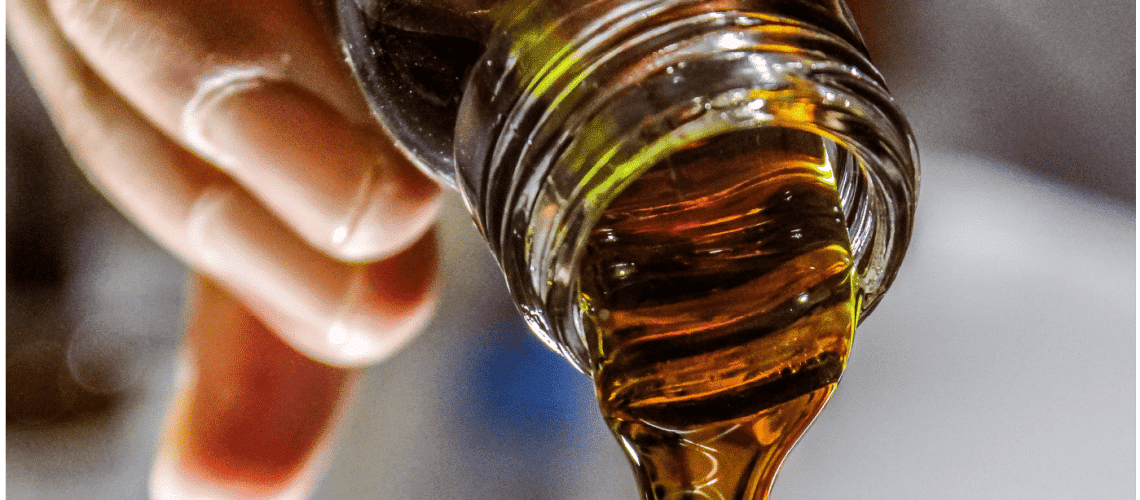Ever wondered how to make your own essential oil blends? The Nature’s Fusions founder, David, started with this question a long time ago.. For years, he’s cranked out dozens of essential oil blends with a specific purpose, sometimes even a specific person, in mind. See a need, fill a need is the motto we work by. Need improved focus? Refreshing Wind or Eternal Flame. Looking for some TLC after a tough workout? Cooling Water or Fire & Ice. There are plenty of problems to be solved using all-natural ingredients, but we don’t want to take the fun out of it. Once you have a basic understanding of oils and an empty bottle or two, the sky is the limit! Channel your inner mad scientist and create your own essential oils blends!
But where do we start?
Hitting the Right Notes
Did you know that there are different layers to scents? Some oils are considered base notes while others are middle or top notes. The layers are indicative of the order in which you’ll likely smell them in a single whiff. Top notes are usually noticed first. Middle notes provide the body of the blend and pave the way for your base notes. Those base notes (not to be confused with manly low vocal ones) come in last and usually linger the longest. If everything mixes well and is balanced in the blend, you should notice a fairly consistent scent, rather than any one oil overpowering the others. Oils like Eucalyptus, Lavender, Bergamot, and Lemongrass can make great top notes. Geranium, Rosemary, and Cinnamon can be great middle notes. Vetiver and Patchouli are examples of bottom notes. Of course, this isn’t an exclusive list, just a few examples to give you some direction for blending with your favorite essential oils.

Harmonious Purposes
Each essential oil has a different effect, both aromatically and topically. When creating your own blends, think about the effects EACH oil has and what your overall goal for the blend is. Generally speaking, it will work better if you choose oils that don’t cancel each other out. For example, if you’d like to design a nighttime blend with Roman Chamomile, remember that it tends to be relaxing and helps calm the mind. Adding Rosemary, which tends to be stimulating, to the same blend would be counterintuitive. Instead, you might pair it with Clary Sage, Lavender, or Ylang ylang.
But, just like in a beautiful choir or a grand orchestra, sometimes a little dissonance just works. We’ve paired age old opposites like Marjoram and Wintergreen with Peppermint. These oils are featured in our Fire & Ice blend which has both a topical warming and cooling effect from the respective oils. In this instance, the topical effects of the different oils complement each other instead of cancelling out.
Personal Preferences
Sometimes it’s just a preference that sways which oil you use. Of the citruses there’s variety in each smell but very similar uses. Maybe you prefer Lemon or Tangerine. Maybe good old Orange has got you covered. I personally love the smell of Grapefruit, so it’s my go-to.
In the case that your nose doesn’t love every single smell and you still want to enjoy that oil that is working wonders, you can substitute an undesirable for an oil you like that has similar effects. You want to enjoy your blends fully, and the aroma of both the individual oils and the blend itself is part of that. The good news is that there are many oils whose effects overlap, which means that you shouldn’t find yourself needing to sacrifice on aroma or efficacy.
As soon as you have the oils you want and some extra bottles to store your blends in, you’re ready to start mixing and matching to find your perfect blend. Of course, you could just mix oils at random if you want to really get wild with your experiments, but there’s a better approach. Give careful thought and consideration to the aromas, purposes, and interactions of each oil. This will help you learn how to create essential oils blends that yield your desired results.
So, grab a couple of your favorites and let loose! Also, tell us about your experiments in the comments below!

